They say that it’s not the destination, but the journey that matters. And if that’s true, then how we get to the crags—including the packs we use to shuttle our gear—matters just as much as the climbing itself.
OK, that’s total bullshit … But can you come up with a better introduction for the slew of new cragging packs to drop on the climbing market this season? I didn’t think so …
Anyway …

Photo: Keith Ladzinski
There are a bunch of new and interesting offerings in the category of “cragging pack,” which, in my mind, describes a pack that somehow primarily caters to a situation in which you and all your gear will spend most of the day laying in the dirt beneath your warm-ups and projects as you snack on sporty goos, recite and pantomime beta, and watch climbers who are much better than you have all the fun.
A good cragging pack, to me, should be easy to pack and unpack; fit everything, including a rope; and keep your gear well-organized and out of the dirt.
Over the last six months, I’ve had the opportunity to test three new—and very different—cragging packs: the Black Diamond Pipe Dream 45, the Trango Crag Pack, and the Patagonia Cragsmith. I’d recommend any of these packs—all three are solid, and all have pluses and minuses. Here’s the deal:
Black Diamond Pipe Dream 45
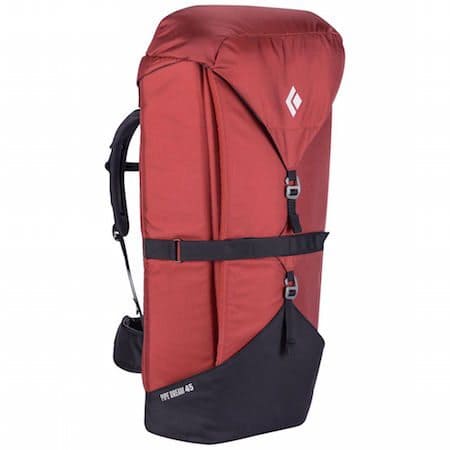
What I love about the Pipe Dream is just how much stuff it carries, and how it quickly it is to pack and/or unpack said stuff. The Pipe Dream also wins honors among these three packs as being the best at carrying heavier loads.
I found the shoulder straps comfy with good weight distribution, especially if you pack the interior correctly by putting the heavy rope at the bottom and keeping lighter items (down jacket) up top. And the foam itself was stiff enough to handle a heavy load.
There’s a pack lid with two zippered pockets that holds valuable and miscellaneous items. What’s nice about this lid is that it’s easy to detach it from the pack, though I never took advantage of this function myself.
The best part of the Pipe Dream, however, is that it provides you a nice place to sit, stretch or put on your shoes before climbing. Especially on hot, listless summer days, up in the namesake Pipe Dream of Maple Canyon, for example, this feature is quite valuable.
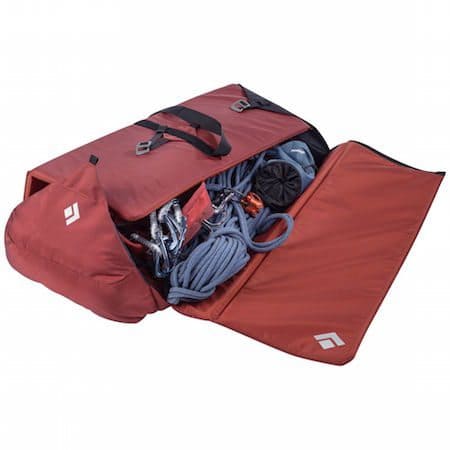
Of course, it’s ridiculous to turn the Pipe Dream into a sort of Russian nesting doll of cragging packs—but it is possible, at least so long as you don’t have to hike too far and don’t mind carrying extra weight. The only reason you’d ever want to do something like this is if 1) it’s really important to you to use the Pipe Dream as a seat at the crag and 2) you really don’t want your gear spread out in the dirt. At a place like Rifle, where all approaches are less than a minute, it’s not a bad option.
The Pipe Dream 45 is the most expensive of the three, with a retail price of $169.95, but you can find the pack on sale for $135.96 at backcountry.com.
Patagonia Cragsmith 35L

Its best feature is a back-loading “clamshell” opening that unzippers to provide fantastic access to the interior. This design has numerous advantages, and only one disadvantage. Pluses include the ability to set your pack down in the mud/dirt and access all your gear without getting the shoulder straps and back dirty. The ease of packing and unpacking is also fantastic, but most important, the Cragsmith is function just sitting there on the ground with the back panel fully open, allowing you to toss shoes, chalk bag, belay device, etc., into the pack and then getting them when needed.
The only disadvantage is that this back panel doesn’t provide much, if any, support while carrying loads. Especially if your pack isn’t totally full, the back panel tends to sink back within the pack itself.
There is also a top-loading zipper that allow you to access the interior. However, I found this zipper to be almost completely superfluous. Unless my pack was completely stuffed, I almost always preferred to go through the back panel.

What I love most about the Cragsmith, aside from how easy it is to access my gear through the clamshell backpanel, is all the pockets. There’s a little interior pocket for small personal items (keys, watch, rings, etc.), and a large pouch on the front for guidebook and/or kneepads. Finally, there’s yet another pocket on the top of the back for headlamp, energy bars, and so on.
Of the three packs I tested, the Patagonia Cragsmith is the most versatile cragging pack. If I had to choose just one all-around cragging pack, this would be it.
You can buy the Cragsmith directly from Patagonia for $129.
Trango Crag Pack
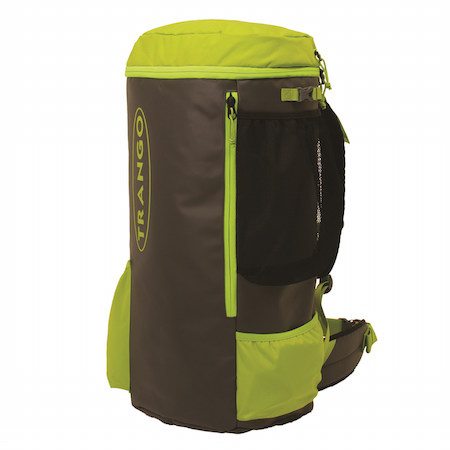
The Crag Pack is huge, and easily accommodates all of my climbing gear, water bottles, accessories, clothing, food and a rope bag (I highly recommend the Trango Cord Trapper Rope Tarp as a no-frills, affordable, lightweight and very useful rope tarp).
There are two stiff stays in the pack that help carry loads, at which the Crag Pack does a decent-enough job. That said, I wouldn’t want to hike for more than 30 minutes with this pack on my back.
Trango has also included a mini-tarp, a lightweight tarp about the size of a large handkerchief, ostensibly for placing shoes or other items of gear. I never made use of this feature, however.
Another feature I never once used is the 3/4 length zipper that provides access to the interior. I always went through the top.
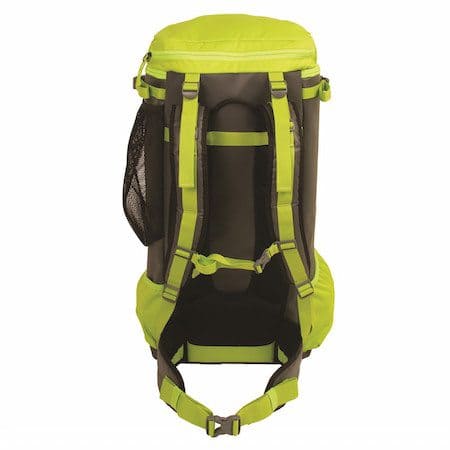
The exterior fabric is super durable, and has held up well over the past few months of use.
The best feature of this pack, however, is its retail price of $99, making this big cragging bucket the most affordable of the three that I tested. The fact that I seem to be using this one the most of all three also speaks highly to its functional design, and makes this cragging pack the best value. Best of all, right now you can get the Crag Pack for only $79 bucks at backcountry.com

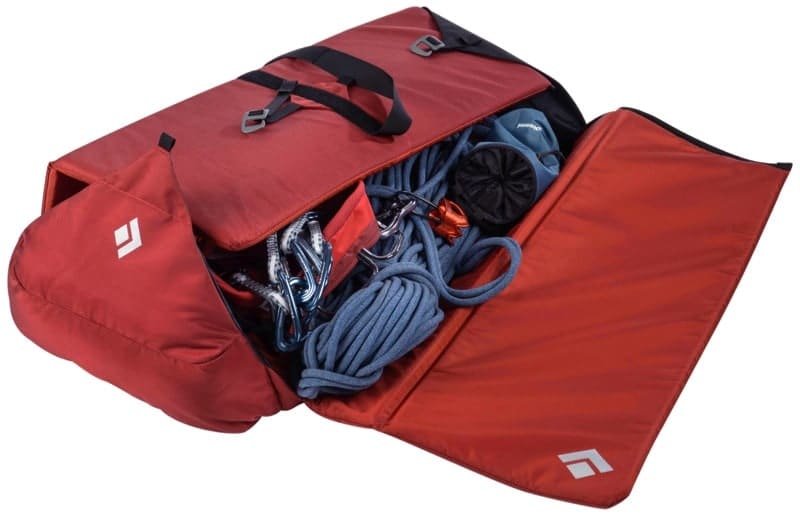


I want to know what Jen would recommend for a crag pack! I’m about her same size (extra small) and I haven’t found anything that fits well / is comfortable for an hour long approach. 🙂
I just wanted to point out a little typo; it’s called the Pusher Sack, not the Bland Douchebag Pipe Dream. Anyway, glad you enjoy my design, I’m always interested in developing new, innovative, quality climbing products that are manufactured in the USA. Too bad we can’t say the same for certain other companies.
A little note about the Patagonia Cragsmith. The pack actually comes in two sizes a S/M and M/L. Though this mostly corresponds to torso size and the frame size it definitely makes a difference in capacity as well (both are listed as 35L). Not exactly sure the total difference but I’ve found it to be noticeable. I’m 5’3″ and 130lbs and I actually use the M/L and find it to be really comfortable and don’t have a problem with the larger frame. Though I do wish it also came in a 50L…
Couldn’t one just bring an extra rope tarp to use with the BD “pusher sack” so that the pad can act as a seat and gear won’t get dusty?…